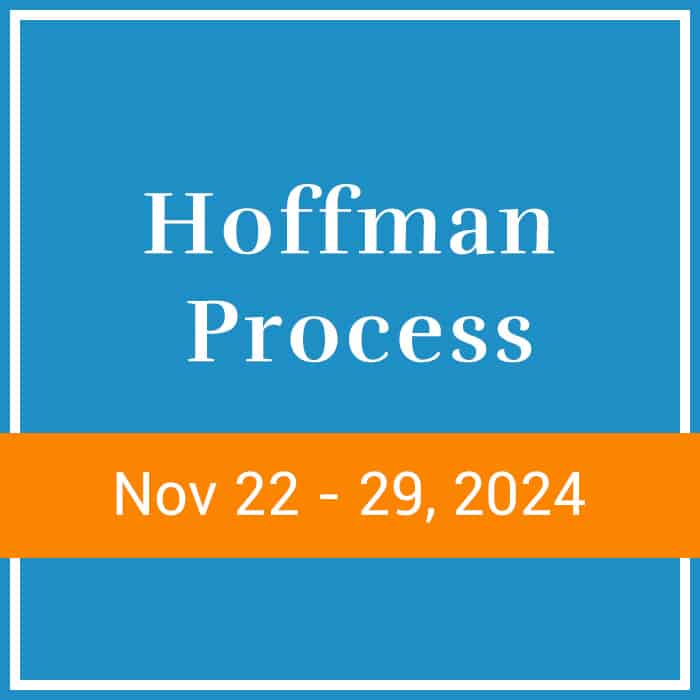Research shows that about one in 25 Australian adults has been estranged from their family at some point in their lives. Experts have narrowed down the most common reasons for estrangement as a breakdown of trust, the absence of emotional intimacy, and having strong, disparate values.
As common as estrangement is, there may come a time when you hope to rekindle a relationship with an estranged loved one. Doing so requires a great deal of self-reflection, the ability to face difficult conversations, and the willingness to establish new agreements.
Whether you hope to repair a relationship with someone you wronged in the past or someone who wronged you, here are some ways to make the process easier:
Reflect on the breakdown
There are two sides to every breakdown. Before attempting to rekindle a relationship, take some time to reflect on your own reactivity to the estranged person and the role you played in the breakdown. Also reflect on your motivation for wanting to reconnect — are you genuinely interested in investing in this relationship? Or are you reconnecting out of shame, guilt, or pressure from someone in your life? Keep in mind that if personal safety is at risk, meeting up may not be in either of your best interests. In some cases, calling on a mediator or counsellor can help make the reconnection process easier.
Have a conversation
If you and the estranged person have agreed to meet up, you must be willing to have a difficult conversation. During this conversation you will be able to explore the context underneath the subjective injuries. Why did they do what they did, or vice versa? What injury led to the behavior that inevitably caused the breakdown?
Establish new agreements
In forging a new relationship, it’s important to establish new agreements. For instance, how close do you want this person? Maybe you don’t want to exclude them from family events, but you don’t want to talk to them every day either. What would be the most comfortable relationship for both of you?
To avoid repeating the events that caused the breakdown, you must be willing to name what happened and communicate clear boundaries. When communicating these boundaries, be sure they are realistic and sustainable. Also be sure to let them know what the consequences are if these boundaries are crossed.
Practise cognitive empathy
If you were the one at fault in the breakdown, try to see your behaviour through their eyes. Ask the person to share their insights and if you haven’t already, offer a genuine apology. You can also ask if there’s anything you can do to make amends. Is there a gesture you can perform for them to forgive and continue the relationship?
If the person does not want to reconnect, it’s also important to accept this. Though you may be disappointed, being able to see your behaviour through their eyes will make it easier to maintain compassion for them.
Adopt a learning mindset
Rekindling a relationship with a loved one can teach you that nothing is unhealable. For some, a breakdown that led to estrangement can make the relationship stronger if both parties are willing to own their mistakes, reconnect, and set new boundaries. If this relationship can be repaired, what else is salvageable? Many people are too shame-based to go into self-inquiry, but by adopting a learning mindset, you’ll always find ways to improve.
During the Hoffman Process, participants have a chance to reflect on the many relationships in their lives and investigate patterns that may have contributed to disagreements, resentments, and even estrangement. They develop a deeper understanding of their past actions and the actions of their loved ones while developing a newfound compassion for themselves and others.
Find out more about how the Hoffman Process can help you reflect on estrangement and heal relationships with loved ones.
This article was contributed by Erica Garza. Follow @ericadgarza on Instagram










